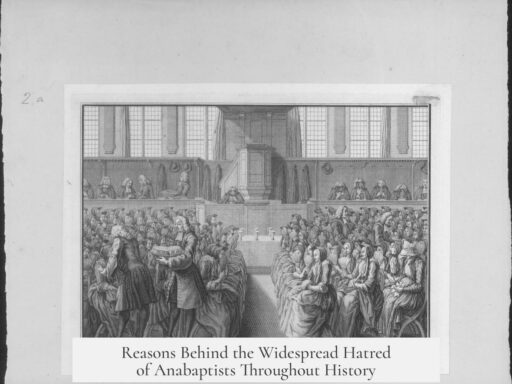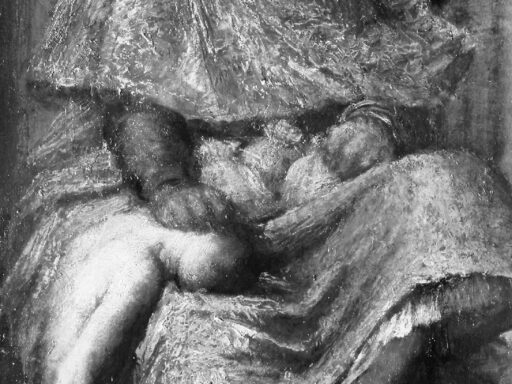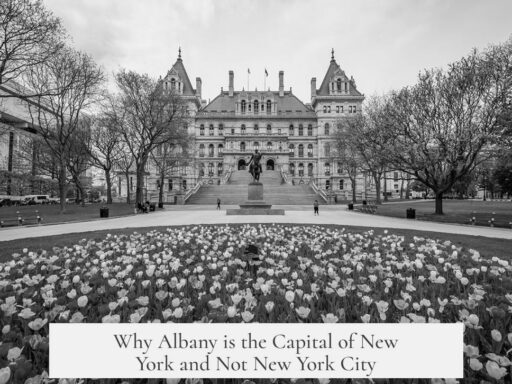Woodstock’s festival is iconic because it defined a generation, combined music and social change, and created a cultural milestone unmatched in history. It was the largest music festival of its time, attended by nearly half a million people. The event symbolized the counterculture spirit and left a lasting impact through media, music, and its message of peace.
Unlike any other festival in the 1960s, Woodstock was intensely documented. The concert was captured on film and released as the award-winning documentary Woodstock. Its commercial release in 1970 introduced the event to millions who did not attend, broadening its influence beyond the crowd present. Music lovers could also enjoy the triple-album from the festival, which topped the Billboard charts, showing the enduring power of the live performances. A follow-up album, Woodstock Two, secured further success, achieving Gold status.
The media around Woodstock fueled its legendary status. It happened near New York City, the heart of American media, which led to extensive coverage during and after the event. News organizations reported on the enormous crowd and the organizational chaos as it unfolded. Performers appeared on national TV shows, such as The Dick Cavett Show, sharing their reflections and stories. The renowned New York Times offered detailed coverage, cementing Woodstock’s place in cultural history.
Woodstock’s scale was unprecedented. Between 400,000 and 500,000 people attended, more than any other American music festival of that era. Only the Altamont Free Concert approached this size, with 300,000 attendants but still fell short. This massive crowd overwhelmed the organizers and created logistical challenges. They were unprepared for the turnout and the event’s resulting chaos. Rain and mud trapped attendees for days, turning the festival into a survival experience. This organizational failure ironically added to its legendary status by highlighting the participants’ resilience and community spirit under difficult conditions.
The festival’s cultural significance lies in its role as a marker for the Baby Boomer generation. It was a “coming out party” for young Americans asserting their identity and values amid the political and social turmoil of the 1960s. Woodstock embodied their rejection of the older generation’s authority and mainstream norms. The massive turnout illustrated the power and unity of this generation, which was beginning to reshape American culture. At the time, people widely associated Baby Boomers with the Woodstock attendees, recognizing it as a defining generational event.
Woodstock was more than just a concert; it was a three-day spectacle that transformed a quiet New York farm into a vibrant hub of music, art, and activism. It showcased legendary performances that became symbols of the era. The festival was a convergence of music and social movements advocating peace, love, and freedom. It captured the spirit of community and hope during a divisive time in American history.
The lasting legacy of Woodstock is its inspiration for future generations to challenge societal norms and embrace ideals of peace and tolerance. It serves as a reminder of the possibility for large groups of people to come together peacefully in celebration of art and humanity.
| Aspect | Why Woodstock Was Different |
|---|---|
| Media Coverage | Extensive film and album releases, widespread news reporting |
| Attendance | Nearly half a million people, unmatched scale |
| Organization | Unprepared for vast crowd, creating chaotic but legendary conditions |
| Cultural Impact | Defining event for Baby Boomers and counterculture |
- Woodstock defined the counterculture generation through music and unity.
- Its vast attendance overwhelmed organizers, making the event historic and chaotic.
- Extensive media coverage via film, albums, and news expanded its influence.
- It symbolized Baby Boomers’ cultural emergence and resistance to authority.
- The festival’s legacy promotes peace, love, and social change across generations.
What made Woodstock different from other music festivals of its time?
Woodstock was more than a concert. Its huge crowd of nearly half a million and the unexpected chaos set it apart. The event combined music, culture, and a spirit of community unlike any before.
How did media coverage contribute to Woodstock’s iconic status?
Woodstock was captured in an Oscar-winning film and a top-charting triple album. News outlets covered the event intensely, helped by its proximity to New York City, letting many who weren’t there experience it.
Why is Woodstock considered a cultural milestone for the Baby Boomer generation?
The festival symbolized the generation’s coming of age. It showed their power and refusal to be stopped by older generations. It still defines the counterculture energy of the late 1960s.
How did the scale of Woodstock impact its legacy?
The sheer number of attendees was unprecedented. Around 400,000 to 500,000 people showed up, creating a massive, shared experience that few events have matched since.
What role did the organizational chaos play in Woodstock’s historical importance?
Though planned as an orderly festival, it became a chaotic event. The disaster of logistics, weather, and crowd control actually added to its legend, symbolizing the unpredictability of the era.


